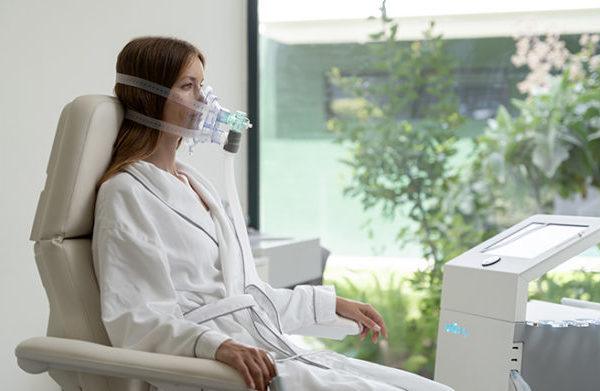
SHA Magazine Health & Beauty
How to recognise anxiety-related muscle spasms and pain
The body and the mind are connected, which means that what affects one also affects the other.
Overexertion, not warming up or stretching the muscles before exercise and prolonged poor posture are the most frequent physical causes of muscle pain. But since everything in the human body is interconnected, chronic stress or anxiety disorders can also cause them.
As José Luis Tabueña, head of the Physiotherapy Unit at SHA Wellness Clinic, tells us, “anxiety is a mental state characterised by severe unease, intense agitation, extreme insecurity and also by an angst that comes with some illnesses, especially certain neuroses. It is often confused with stress, but stress is a milder state of nervousness. Symptoms resulting from inadequate stress management are very often associated with muscular dysfunctions, and anxiety can be thought of as a more complex and higher level of stress, with more exacerbated components of distress and fear. If stress produces physical consequences, such as muscle tension or pain, it is clear that they are also caused by anxiety”.
Anxiety keeps muscles in a permanent state tension which, when concentrated in a certain area, results in a decrease in blood flow to the area, preventing the tissues from getting enough blood and oxygen (known as muscle tissue ischaemia) and can produce reactions such as stiffness, cramps, headaches, dizziness and muscle pain. Although we are all capable of instantly perceiving the pain of a muscle spasm or cramp, the truth is that not all types of muscle contractions are is the same. As José Luis explains, “there are three types of contractile activity: contracture, electrogenic (pathological) spasm and electrogenic rigidity. Contracture does not produce an electromyographic recording and originates inside the muscle fibres. Electrogenic spasm is an involuntary pathological contraction of the muscle caused by the alpha motor neurons and the motor plate. And electrogenic rigidity refers to muscle tension resulting from muscle contraction in individuals who are tense. The areas most affected by contractures are usually the cervical and lumbar areas, the shoulder girdle, the shoulders, the face, the jaw musculature and the back in general”.





